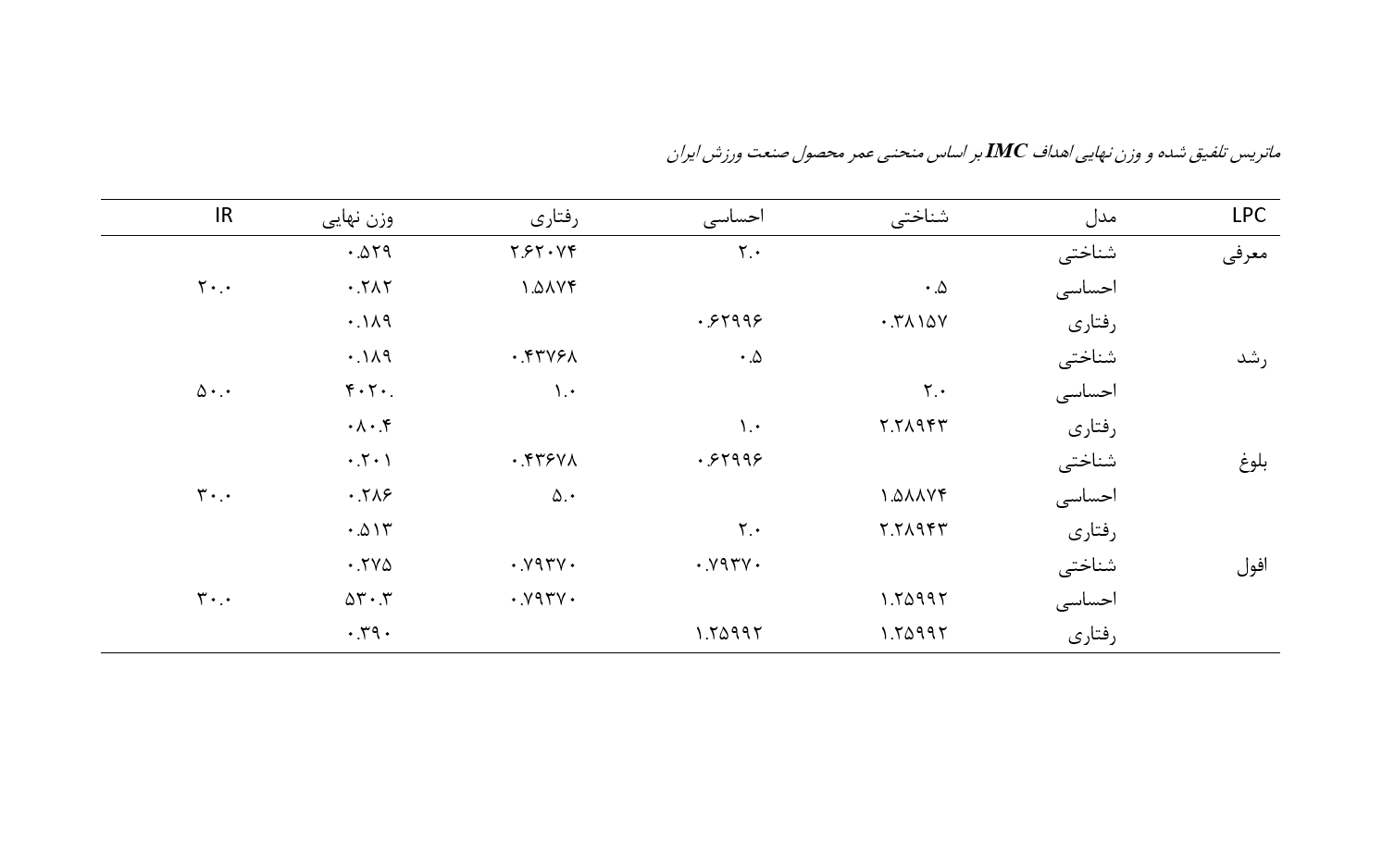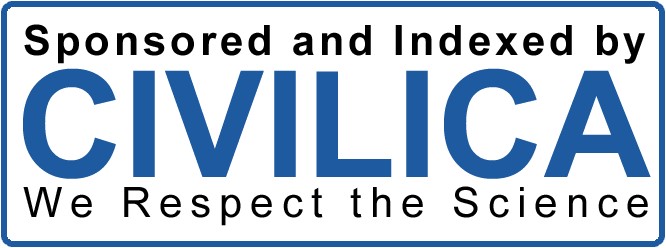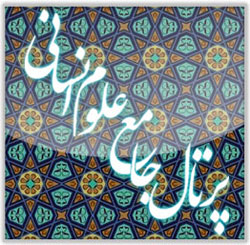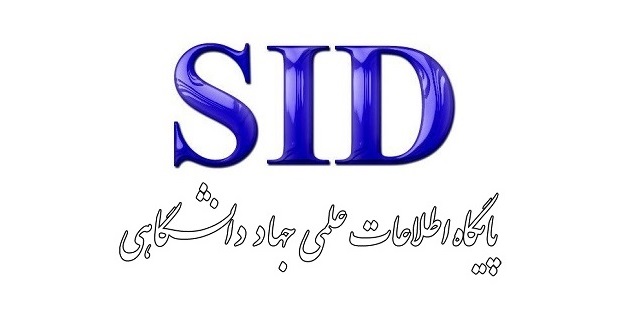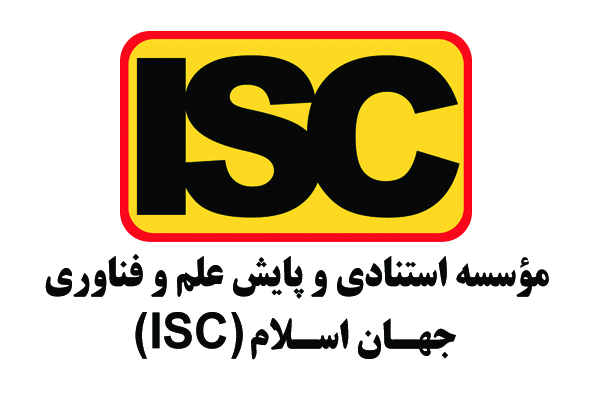اولویت بندی ابزارهای مدل HET بر اساس منحنی عمر توریسم ورزشی ایران
کلمات کلیدی:
روش تحلیل سلسله مراتبی, توریسم ورزشی, مدل HET, PLCچکیده
هدف از این پژوهش، اولویت بندی ابزارهای مدل HET بر اساس منحنی عمر توریسم ورزشی ایران بود. تحقیق حاضر از نوع تحقیقات کاربردی بود که به روش توصیفی پیمایشی انجام شد. به منظور اولویت بندی ابزارهای مدل HET در بخش توریسم ورزشی ایران، نظرات44 متخصص بازاریابی ورزشی از طریق پرسشنامههای محققساخته جمعآوری شد. روایی صوری و محتوایی پرسشنامه توسط متخصصان تأیید و پایایی آنها بخاطر نرخ ناسازگاری پرسشنامهها که کمتر از(1/0) بود، تایید گردید. جهت تحلیل دادهها از روش AHP و نرمافزار Expert Choic11 استفاده شد. براساس یافتهها، در مرحله معرفی، ایجاد آگاهی و دانش دارای اولویت اول و دوم بودند. در مرحله رشد، ایجاد میل و تمایل، و در مرحله بلوغ و افول، ایجاد اطمینان و خرید بیشترین اهمیت را بدست آوردند. با توجه به رقابت شدید و رشد سریع بازارها و همچنین تغییرات سریع در رفتار مصرفکنندگان شناسایی و اولویت بندی ابزارهای مدل ارتباطی HET میتواند به پیشبرد اهداف بازاریابی بخش توریسم ورزشی ایران کمک نماید.
دانلودها
مراجع
Abdollahnezhad, F., Andam, R., & Rajabi, M. (2024). Bibliometric Analysis of Service Quality in Sports Tourism.
Journal of Tourism and Development, 13(1), 262-279. https://doi.org/10.22034/jtd.2023.412562.2811
Abedi, M., & Doosti, M. (2023). The Role of Sports Tourism in Spirituality. Journal of Tourism Planning and
Development, 12(45), 131-151. https://doi.org/10.22080/jtpd.2023.22288.3613
Alizadeh, L., & Nasiri, M. (2022). Meta-analysis of the role of media and cyberspace in the development of Iran's sports
tourism. Strategic Studies on Youth and Sports, 21(55), 97-112. https://doi.org/10.22034/ssys.2022.500
Chang, M. X., Choong, Y. O., & Ng, L. P. (2020). Local residents' support for sport tourism development: the moderating
effect of tourism dependency. Journal of Sport & Tourism, 24(3), 215-234.
https://doi.org/10.1080/14775085.2020.1833747
Gerami, A., AmirHoseni, S. E., & Rad, F. (2023). Providing a Model for the Development of Smart Sports Tourism with
the Internet of Things in Iran. Communication Management in Sport Media, 11(1), 31-46.
https://doi.org/10.30473/jsm.2022.63345.1608
González-García, R. J., Mártínez-Rico, G., Bañuls-Lapuerta, F., & Calabuig, F. (2022). Residents' perception of the
impact of sports tourism on sustainable social development. Sustainability, 14(3), 1232.
https://doi.org/10.3390/su14031232
Herbold, V., Thees, H., & Philipp, J. (2020). The host community and its role in sports tourism-Exploring an emerging
research field. Sustainability, 12(24), 10488. https://doi.org/10.3390/su122410488
Heydari, R., Keshtidar, M., Azimzadeh, S. M., Talebpour, M., & Ramkissoon, H. (2024). Structural-interpretive model
of factors affecting the development of creative tourism based on sports heritage. Tourism Management Studies,
(68). https://doi.org/10.22054/tms.2024.81319.2969
Kahdouei, E., Farzan, F., & Abedi Samakosh, M. (2024). Obstacles to the expansion of desert sports as a tourism
opportunity. Tourism Management Studies. https://doi.org/10.22054/tms.2024.82578.2994
Mahmodi, S., Yektayar, M., & Moharramzadeh, M. (2023). Developing adventure tourism strategy using the SOAR
model. Strategic Studies on Youth and Sports, 21(58), 185-200. https://doi.org/10.22034/ssys.2022.1148.1787
Nasrollahzadeh, F., Tabesh, S., & Ramezanzadeh, M. (2024). Factors affecting the quality standard of accessible sports
tourism. Tourism Management Studies, 19(67), 1-40. https://doi.org/10.22054/tms.2024.80113.2945
Picton, B. (2005). Integrated Marketing Communication. Pearson Education Ltd.
Yang, J. J., Lo, H. W., Chao, C. S., Shen, C. C., & Yang, C. C. (2020). Establishing a sustainable sports tourism evaluation
framework with a hybrid multi-criteria decision-making model to explore potential sports tourism attractions in
Taiwan. Sustainability, 12(4), 1673. https://doi.org/10.3390/su12041673
